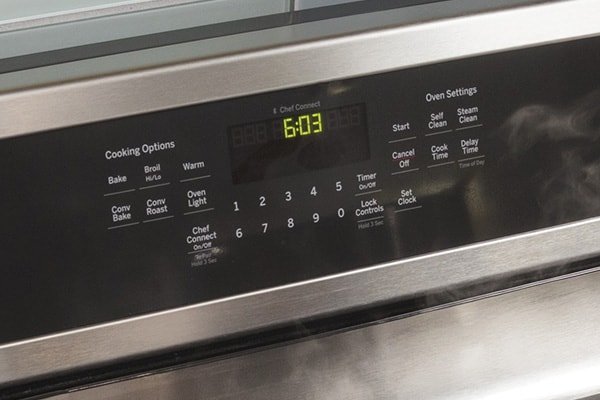
Microwaves, like most complex appliances, have a built-in system for diagnosing issues. These error codes are the appliance’s way of alerting you that something isn’t quite right. The F1 error code can be a bit of a mystery, but it usually indicates a problem with the touchpad or control board. Fortunately, the solution might be as simple as hitting the reset button. Let’s unpack this step by step, so you know exactly how to handle it.
Understanding the F1 Error Code
Before diving into the reset process, let’s take a closer look at what the F1 error code means. Think of it like a car’s check engine light—it tells you that something’s wrong, but you’ll need to do some detective work to figure out what exactly. In GE microwaves, the F1 code typically signals a malfunction in the touchpad or control board, the brain of your microwave that manages all its functions.
Why does this happen? Well, it could be due to moisture, dirt, or simply wear and tear over time. Just like your smartphone might freeze or act sluggish, the control board can also have its off days. It might be overloaded with static, or a button on the touchpad could be stuck. In some cases, this error can occur if the microwave’s internal circuits are not communicating properly. So, essentially, the F1 error is saying, “Hey, something’s not right here!”
Now, here’s where the magic of resetting comes in. Much like rebooting a computer when it misbehaves, resetting your microwave can sometimes clear up minor glitches and restore normal operation. But how exactly does this work, and is it always the answer? Let’s explore more.
How to Reset Your GE Microwave
Resetting your microwave is pretty straightforward, and it can often clear the F1 error code. Start by unplugging the microwave from the power outlet. Just like taking a breath, this gives the appliance a moment to pause and reset its systems. Wait for about a minute before plugging it back in. You might hear beeps when you reconnect it—this is a good sign!
If unplugging it isn’t convenient (maybe the plug is behind a heavy countertop), you can try flipping the breaker in your electrical panel that controls the microwave. This does the same trick as unplugging the unit. Once reset, check if the error code is gone. If it is, you’re back in business!
However, if the F1 error persists, it’s time to consider other potential issues or solutions. Resetting is great for fixing small hiccups, but if there’s a deeper problem, you might need to dig a little further. But before calling a technician, let’s see if there are other things you can try.
Troubleshooting Beyond Resetting
So, you’ve tried resetting, and the F1 error still lingers. What now? Don’t throw in the towel just yet. Sometimes, the touchpad might need a little more attention. Check for any obvious physical damage or stuck buttons. Over time, grease and dirt can accumulate, so gently cleaning the touchpad with a soft, damp cloth can sometimes help.
If cleaning doesn’t resolve the issue, it could be a sign that the control board itself is faulty. This part of the microwave can wear out over time, much like a pair of favorite shoes. At this point, replacing the control board might be necessary, and calling in a professional is usually the best step. They have the expertise to safely and effectively make this repair.
However, a good rule of thumb is to consider the age and cost of your microwave. If it’s nearing the end of its lifespan, replacing the entire unit might be more cost-effective than investing in major repairs.
Preventing Future Error Code Issues
Prevention is often the best solution, and taking care of your microwave can help avoid pesky error codes in the future. Regularly cleaning both the interior and exterior of your microwave can prevent dirt and grime from causing issues. It’s a bit like brushing your teeth to prevent cavities—it’s just good maintenance.
Additionally, avoid slamming the microwave door. Doing so can damage the latch and potentially affect the control board. Use your appliance gently and it will likely last longer. When using the microwave, also ensure there’s adequate ventilation to prevent overheating, which can lead to electronic malfunctions.
Finally, always pay attention to any unusual sounds or behavior from your microwave. These can be early signs of potential issues, much like a strange rattle in your car. Addressing small problems early can prevent them from turning into bigger, more expensive repairs.
Wrapping it all up, resetting your GE microwave can sometimes be a quick fix for the F1 error code. But knowing when to call in the pros, or when a replacement is the smarter choice, is key. With proper care and attention, your microwave will be heating up those leftovers hassle-free in no time!